Patellar Tracking Disorder
Read More >
Patellar tracking disorder is a condition that affects the patellofemoral joint of the knee. That is the joint between the knee cap and the thigh bone. The patellar sits within the tendon of the quadriceps muscle and is stabilised over the knee joint by ligaments that connect it to the femur and tibia bones. In some people these ligaments are naturally lax, and they can become lax with injuries such as patellar dislocations. If they are lax they allow for more movement and may make the alignment of the movement of the patellar (or the patellar tracking) to be less efficient. There are other circumstances that can result in a patellar tracking disorder, such as tight muscles on the outside of the leg, or weak muscles on the inside of the leg. Being over weight or obese will also increase the risk of this disorder. Here are some of the exercises that you might be prescribed by a physical therapist to rehabilitate from a patellar tracking disorder.
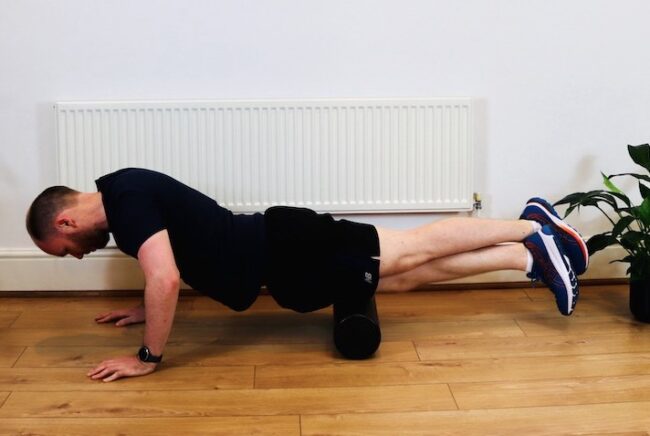
Using the foam roller like a self massage to the muscle can help to relax it and therefore reduces the tension that it applies an outward pull that can cause patellar tracking disorder.
This stretch of the quadriceps has a similar effect as foam rolling. It will help to relax the muscle so that there is less pull from the lateral quadriceps that can cause patella tracking disorder.
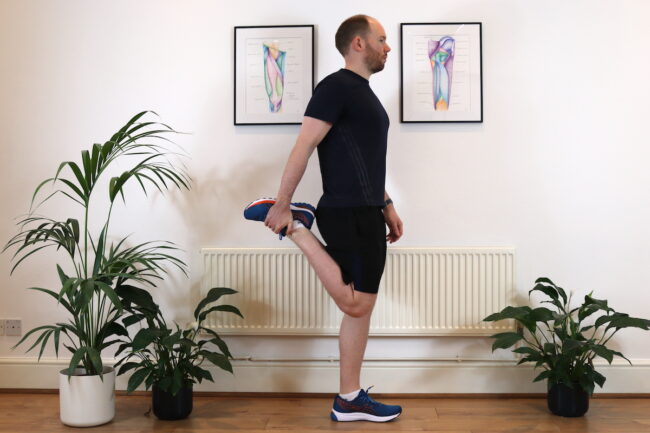
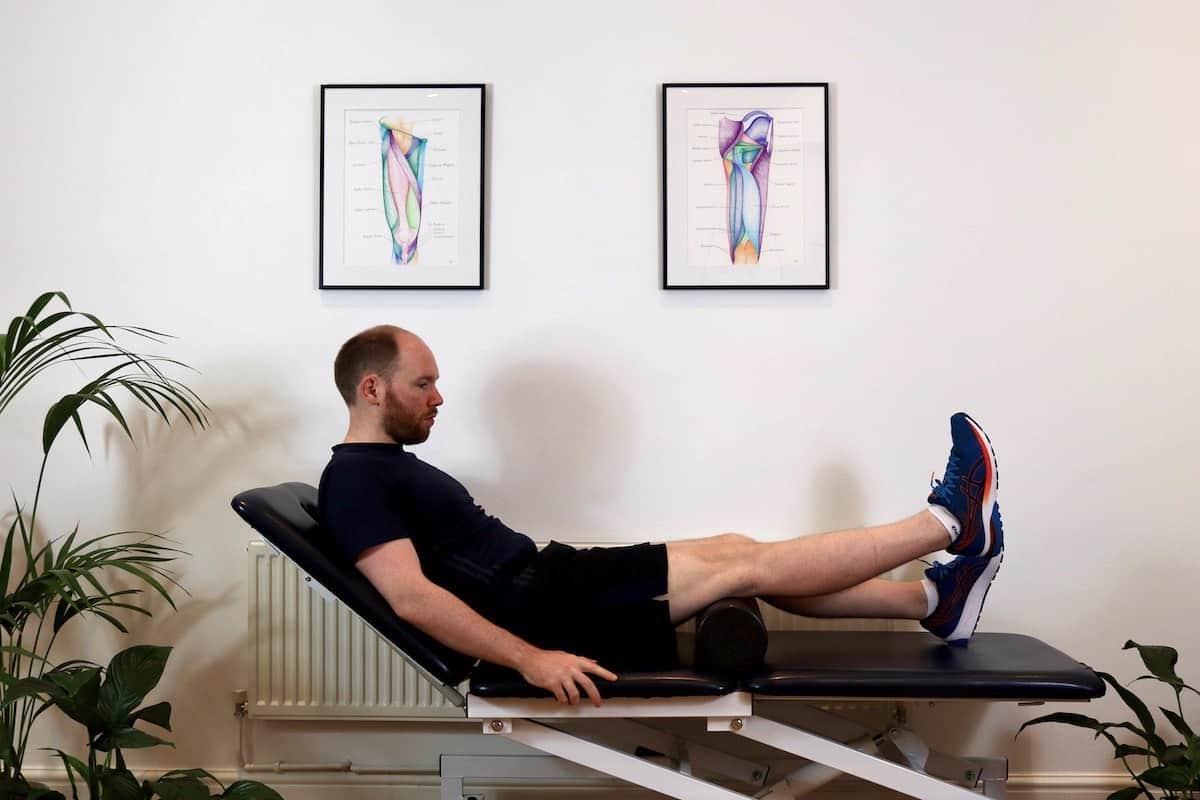
This exercise strengthens the quadriceps in this final degree of knee extension work the medial quadriceps muscle more. This can help to ensure that the quadriceps muscles work evenly over the knee and prevent the development of patella tracking disorder.
This static exercise strengthens the quadriceps muscle at a specific angle of the knee. This angle can be changed and therefore a specific strength can be gained. For example it can be helpful if you are finding it difficult to lower down a step, you can work on the angle that you have difficulty with.
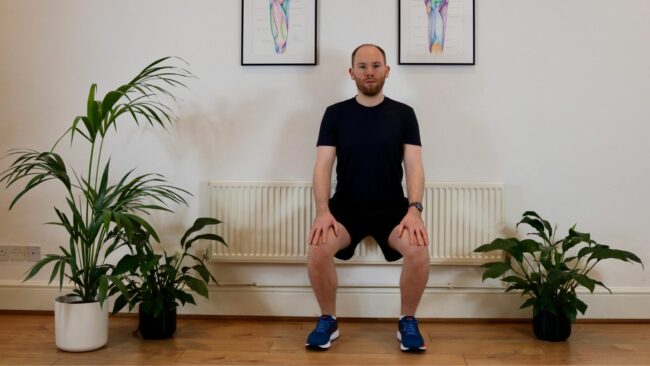
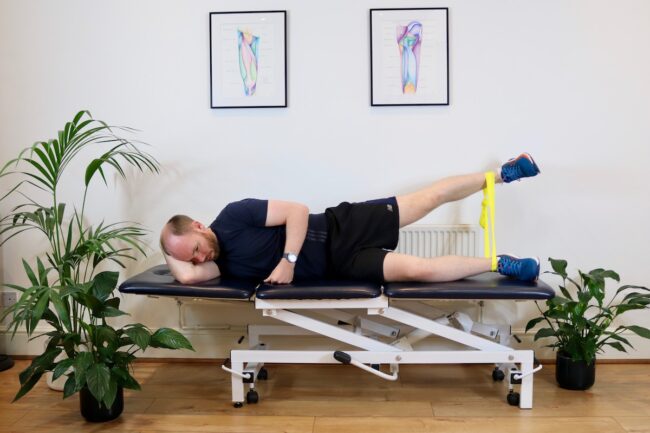
Strengthening the gluteal muscles around the hips helps to control the inward movement of the knee. If there is weakness at the hip the knee can move inwards, causing a rotation of the knee and additional force on the patella to move outwards, therefore contributing to a patellar tracking disorder.
There are several muscle on the inside of the thigh, including two of the hamstring muscle group that move the leg inwards. Strength in these muscles can contribute to stability at the knee and therefore less stress on the patellar.
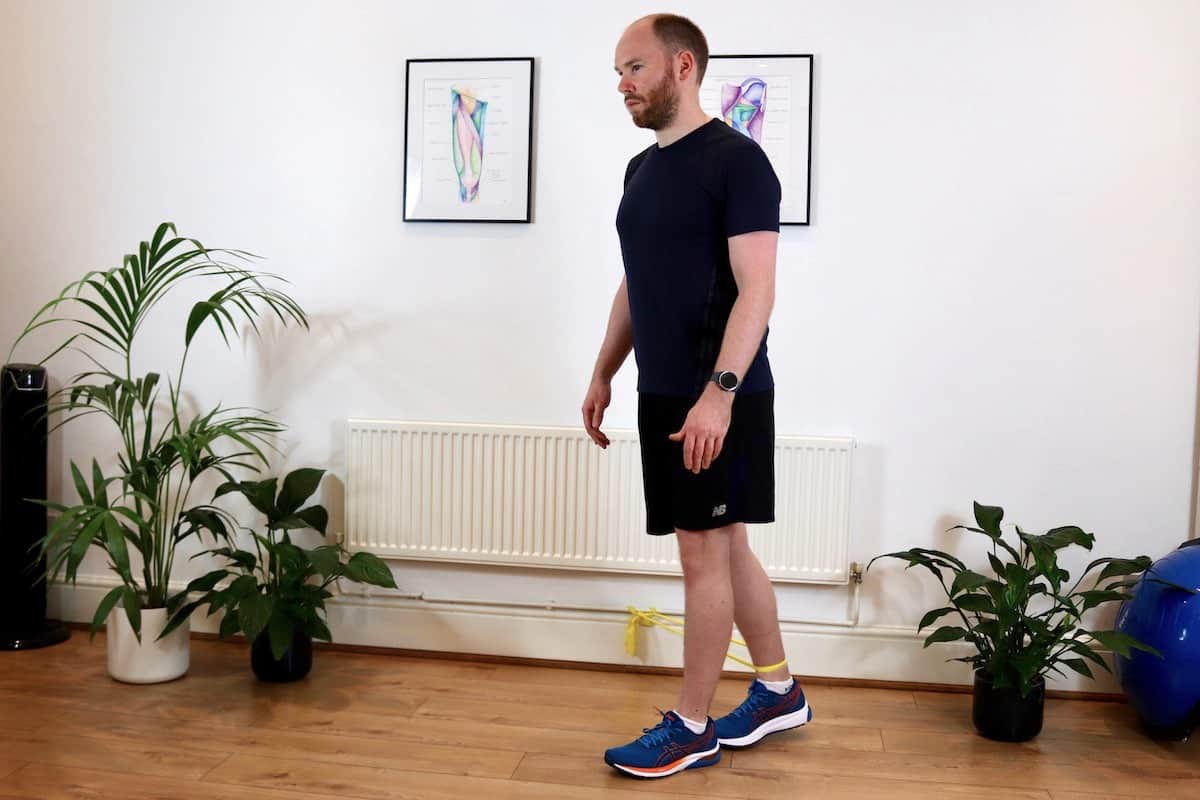
This is not medical advice. We recommend a consultation with a medical professional such as James McCormack. He offers Online Physiotherapy Appointments for £45.